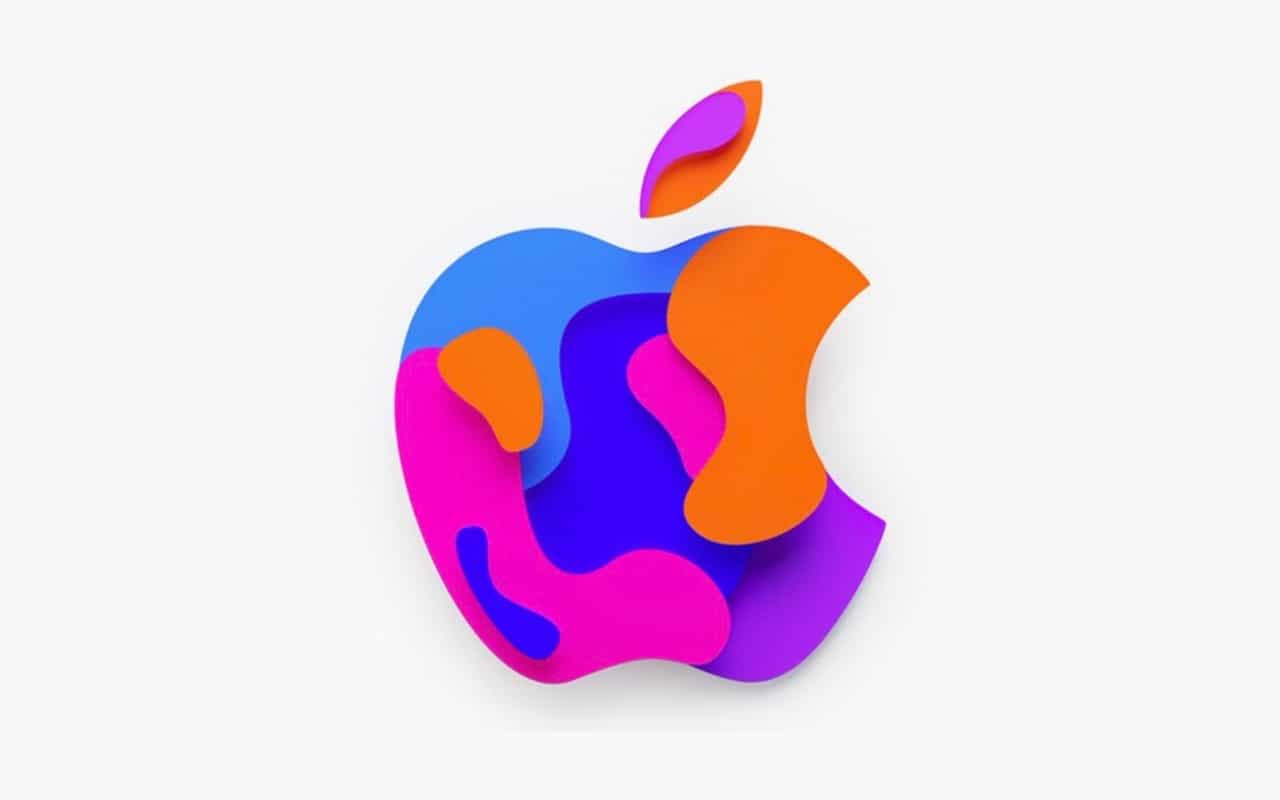
iPhone 13 users seeking to avoid exorbitant authorized repair costs have a reason to cheer. The latest iOS 15.2 beta now allows screens to be replaced at home or through independent repair shops without breaking the Face ID feature.
Previously, Apple sabotaged independent repair by making it nigh impossible to replace a shattered screen on your iPhone 13. It integrated a chip that locked displays to the specific phones that they shipped with. The anti-repair measure would sabotage an independent technician’s attempts to replace the screen by using the embedded microcontroller to validate repairs. This would cause Face ID to fail upon screen replacement.
One workaround was to de-solder the microcontroller from the old screen and then re-solder it onto the replacement screen. But this is no simple through-hole or SMD soldering process. The technician would require prohibitively expensive BGA soldering equipment to de-solder and re-solder the chip. Furthermore, this complicated process is extremely labor intensive, time consuming, and prone to failure. The delicate procedure could even brick your iPhone.
Remember Xbox’s Red Ring of Death? That was caused by complications arising out of lead-free solder and its impact on the complicated BGA soldering process. That episode ended up costing Microsoft billions of dollars, so what chance does a small independent repair shop stand against Apple’s anti-repair measure in this instance?
On the other hand, an authorized Apple technician could simply add a new screen with a few clicks inside their special software. But noted right-to-repair advocate Louis Rossmann explains, entering the Apple Authorized repair program involves signing away your rights as an independent business and propagating the same shady anti-consumer practices that compels consumers to approach third-party repair shops.
Following the backlash, Apple confirmed that it will roll out a software update to ensure third-party shops are able to repair iPhone 13 screens. The upcoming iOS 15.2 update now makes it possible to replace the screen on your iPhone 13 without breaking Face ID. You don’t even have to fiddle with the microcontroller now. Though after you swap screens, the phone displays an “Important Display Message”. It warns that the screen could not be verified as a “genuine Apple part,” even if the replaced screen was genuine.
Do you think Apple rolled out the new update as a pre-emptive move to save itself from potential anti-competitive, anti-repair litigation, now that the fight for the right to repair is gaining steam? Let us know in the comments.
